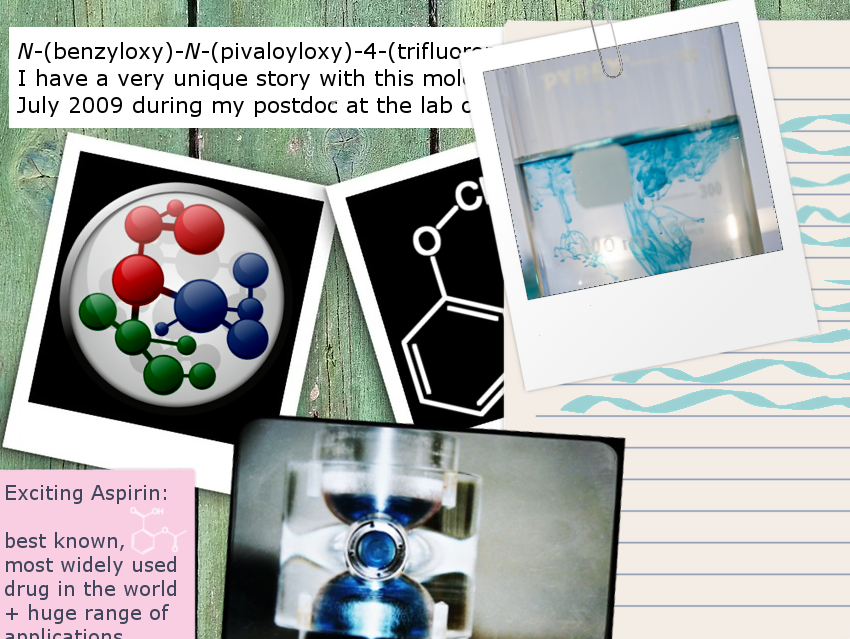As chemists, we naturally have countless stories to tell about molecules. This summer, we invited you to share some of them. Until August 31, we are still looking forward to your stories, as pictures, short (or longer) texts, videos—whatever you like.
But we already want to share some molecules and why they fascinate you now. Thanks to all who have already participated!
We also already have four book prize winners: David González Aragón from Spain, Corentin Lefebvre from France, Joanna Kowalska from Germany, and Miklos Simonyi from Hungary. Congratulations to the winners!
What we’ve learned about molecules special to you:
- A single drop of the cyclic monoterpene limonene contains the aroma of a thousand oranges. It can be easily obtained by Soxhlet extraction of orange peel.
- 2,6-Diisopropylphenol is a very simple molecule, but the influence of the 2,6-diisopropyl substituents on the O–H group was a mystery at first. This question was then solved using infrared spectra.
- Dicoumarol was discovered in 1940. The multifunctional molecule works as an anticoagulant, raticide, quinone reductase inhibitor, or mitochondrial uncoupler, and in current research, it is used as a protein NAD(P)H quinone oxidoreductase (NQO1) inhibitor.
- Cucurbituril takes its name from its resemblance to a pumpkin. Its structure makes it a fascinating host molecule.
- Azulene has only ten carbon and eight hydrogen atoms, and yet it is incredibly complex: It is an isomer of naphthalene, aromatic, deep blue, an exception to Kasha’s rule, etc.

Share your molecule story, too!
- Your Molecule Story,
ChemistryViews 2021.
Share a molecule and why it is special to you and have the chance to win a book
Also of Interest
- Molecule Story: 2,6-Diisopropylphenol,
Miklos Simonyi,
ChemistryViews 2021.
https://doi.org/10.1002/chemv.202100065




